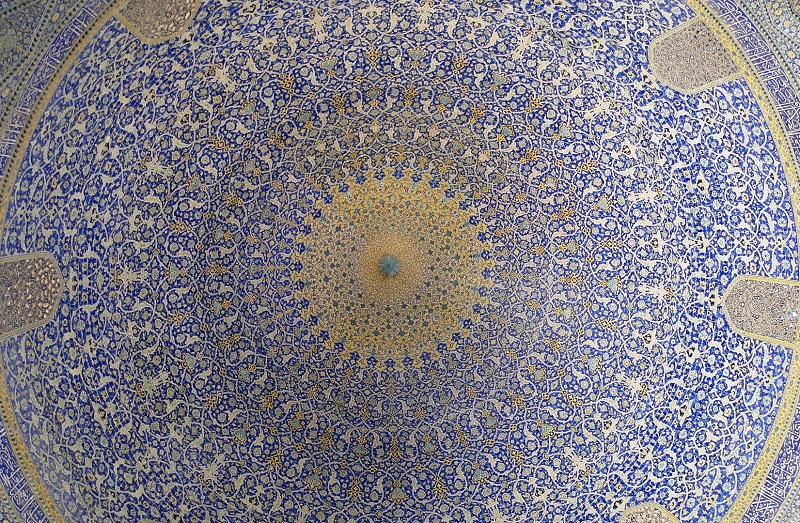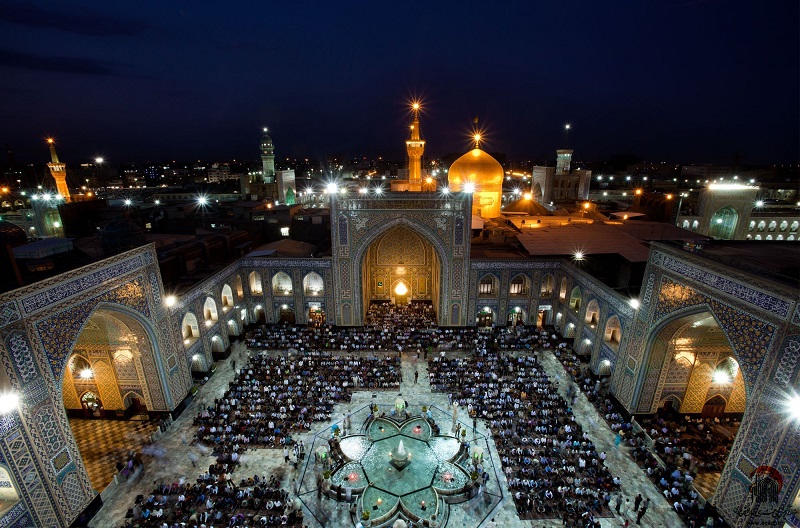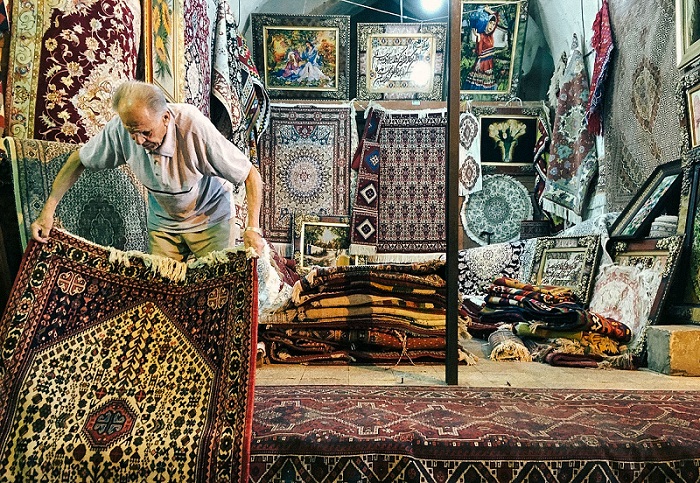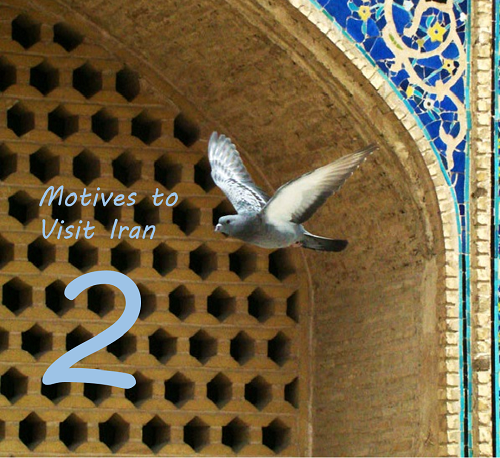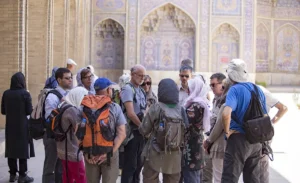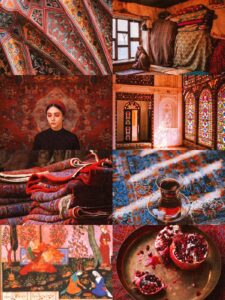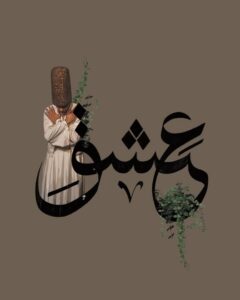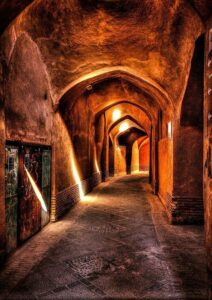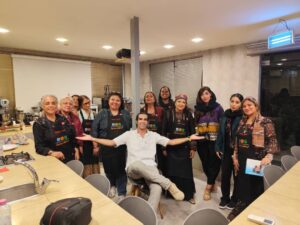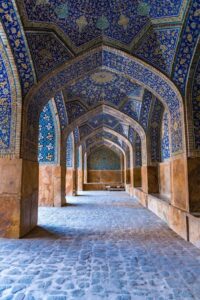6. Yummy Trip
Iranian food is one delicious surprise after another. Once you’ve tried several varieties of kabab, khoresht (stew), ash (soup), and flatbread, ask for Fesenjun (chicken in walnut and pomegranate sauce) or anything with Bademjan (eggplant), or try Gilan cuisine with its predominantly sour flavors, this city is the only registered UNESCO creative city of food under the name of Iran. Then you can try the Shirini (local sweets), … As exquisite as so many Iranian flavors are, it’s the buzz that surrounds eating, the primacy of food in so many social encounters that makes it truly one of life’s great pleasures.
7. Esfahan, city of the blue-tiled dome
There are moments in travel that will long stay with you, and your first Sight of Esfahan’s majestic Naqsh-e Jahan (Imam) Square is one of them. This Square is home to arguably the most majestic collection of buildings in the Islamic World: the perfectly proportioned blue-tiled dome of the Masjed-e Shah, the supremely elegant Masjed-e Sheikh Lotfollah, and the indulgent and lavishly decorated Ali Qapu Palace. Far from being a static architectural attraction, the square and the nearby traditional tea houses overlooking the river throng with life. The Qeysarieh bazaar which is surrounded by the square won’t let you feel the time passing!
8. Imam Reza Holy shrine
Iran is an Islamic Republic country and while most travelers find Islam is not nearly as all-pervasive as they had expected, the Shiite faith remains an important part of Iranian life. It is at its most obvious in the passionate devotion seen at monuments such as the huge Haram-e Razavi in Mashhad. The main draw here is the Holy Shrine of Imam Reza, the only Shiite imam buried in Iran. The passion and warmth you’ll encounter here lend a powerful sense of Islam as a force for good in the world. The city of Mashad is one of the important stops along the Silk Road.
9. Persian carpets
The Persian carpet is best known and appreciated among all hand-knotted carpets over the world. In the East, the carpet has particularly dated back to the 5th or 6th centuries; later the knotted carpet has been introduced in Persia by the Seljuks in the 11th century. The oldest carpet we received is known as Pazyryk Carpet, from approximately 500 BC. The art of Persian rug reached the highest peaks during the Safavid dynasty or the beginning of the 17th century. We classify the Persian carpets according to the knotting time: ancient, old, new, and modern Persian carpets; they usually take the name from the city or knotting area so we can divide them out of the areas of origin.
10. Persepolis
The artistic harmony of the monumental staircases, imposing gateways, and exquisite reliefs leaves you in little doubt that in its prime, Persepolis was at the center of the known world. These days it’s Iran’s premier ancient city. Built by kings Darius and Xerxes as the ceremonial capital of the Achaemenid Empire, located not far from the great city of Shiraz, is one of the attractions you need to add to your tour like it or not J. And do not miss the monolithic tomb that sat nearby Necropolis or Naqsh-e Rostam.

To be continued…


